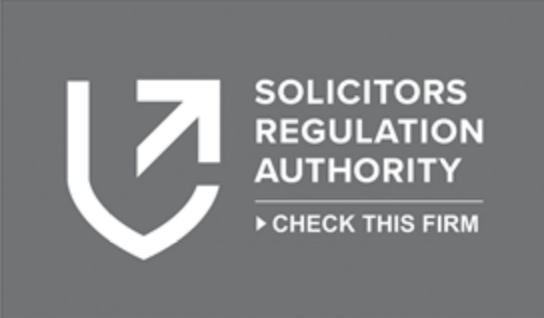
26
Sep 2014
ACAS Publishes Dress Code Guidance
ACAS has recently updated its guidance focussing on staff uniforms, health and safety requirements and religious dress as well as tattoos and piercings.
The starting point for any dress code should be the staff handbook. Dress codes usually implement either an official staff uniform or promote a more generic “appropriate standard of dress”.
The motivation for introducing a dress code is usually one of the following reasons:
- In order that staff can be easily identifiable to members of public;
- To comply with health and safety regulations;
- To promote a particular image.
When introducing a dress code companies are encouraged to consider their purpose for doing so. For example, if an employee is office based and not client facing, it is questionable for a company to insist on an official uniform.
When enforcing a dress code, consistency (although taking account of potential discrimination mentioned below) is critical. This is of particular importance for employees who work in factories or with machinery. Health and safety regulations may require employees to wear Personal Protective Equipment (PPE), such as work boots. If such regulations are in place, companies should not allow employees to waver from these requirements. Accordingly, any employees who breach the company dress codes should be subject to the company’s disciplinary procedure.
Any dress code implemented must be non-discriminatory, in that it should apply to both male and female workers equally. For example, a policy must not require male employees wear a staff uniform but allow female employees to wear casual clothing.
However, dress codes can differentiate between men and women. The ACAS guidelines highlight the example of a policy that may state “business dress” for women but may state for men “must wear a tie”.
As mentioned above, when adopting dress codes to comply with health and safety requirements, universal application is mandatory. The only exception to this is when employees have a disability that prevents them from complying with the company dress code.
In this scenario companies should consider reasonable adjustments they can make to their policies, which maintains the necessary standard of health and safety but which removes any disadvantage suffered by the worker as a result of a disability.
The most contentious issue surrounding dress codes often relates to religious dress. The ACAS guidelines suggest that companies are encouraged to allow groups or individuals to wear articles of clothing that manifest their religious faith.
Any company contemplating banning religious clothing should only do so if religious dress conflicts with a real business or safety requirement.
Although not officially part of the dress code, tattoos and body piercings may infringe on the image an organisation is trying to promote. In such circumstances, companies may require piercing to be removed or tattoos covered.
Once again, the ACAS guidelines stress that companies must have a sound business reason for requiring employees to cover their tattoos and remove their piercings. For example, organisations working with children, teachers or those with caring responsibilities can usually justify this requirement.
- Like this ? Share with friends




